North Vietnam, Vietnam Reunification, July 20., 1963, Michel Nr. 264; Reunification of the country was a re-occuring theme of the early stamp issues. North Vietnam was still hoping to be able to spread their system of Government (Communism) across the entire country without having to resort to aggressive warfare. National elections had been agreed upon during the Geneva Convention in 1954 but the South Vietnamese regime stalled that election as they knew they would easily go down in defeat. Vietnamese Nationalism was popular in the South and not everyone there was happy with the undue American influence in the country after the departure of the French. A single stamp with a nominal of 12 xu was issued in perforation 11:0
Mint block of four:
This stamp was not issued imperforate but a few imperforate proofs have come to market. They are rather hard to find, like this top margin example.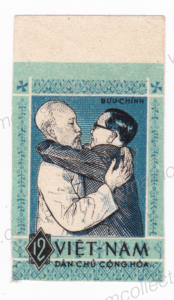
There are also partially perforated specimens. Here is a used specimen which is imperforate on the right margin.
The stamp is printed on paper of various thickness. The left pair of stamps shows other poor perforation with most holes not even punched out while the right pair has rather clean perforation.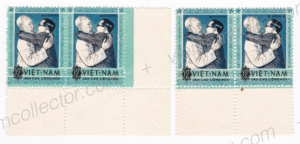
Rare single franking on a First Day Cover to Klewitz. The envelope also carries the special cachet that was produced for the occasion. The 12 xu franking was insufficient for a mailing to West Germany but the clever sender duped the postal clerk into thinking that it was actually directed to East Germany (= CHDC Duc) where a 12 xu postage rate applied. The letter was transported without any objections.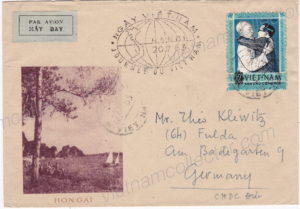
Rare registered express mail letter sent to Klewitz in March of 1973. The letter contains one of the 20 xu stamps of the inter-planetary set plus a number of im-perforated stamps of the “Wostock 3 and 4” set. Im-perforated stamps on postally used cover are very rare. The overall franking amounted to 1.92 Dong which is above of the 1.60 Dong that would have been required for a standard registered express mail letter. So the letter may have contained a shipment of stamps and was heavier than the standard 20 grams. Fulda arrival stamp on the reverse.

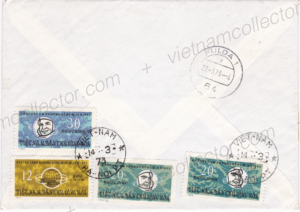 Registration Nr. 100790
Registration Nr. 100790

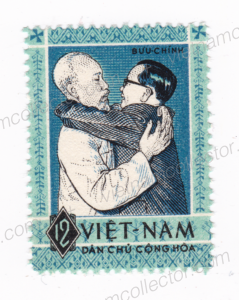
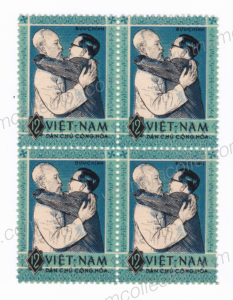
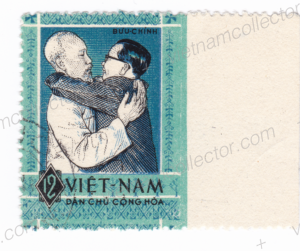
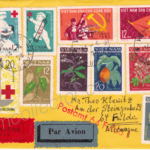



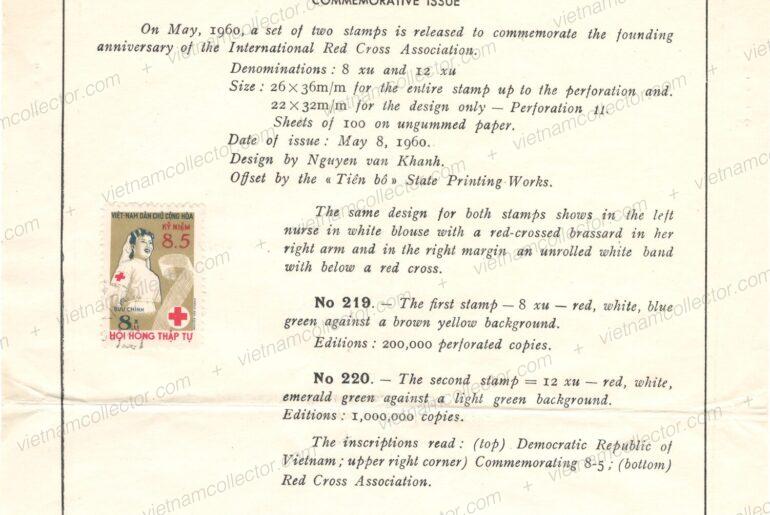
Comments are closed.